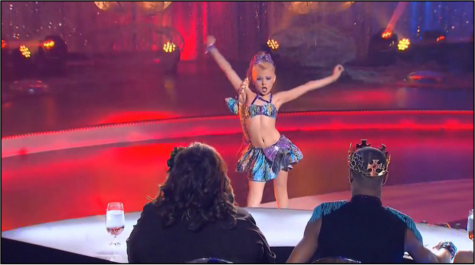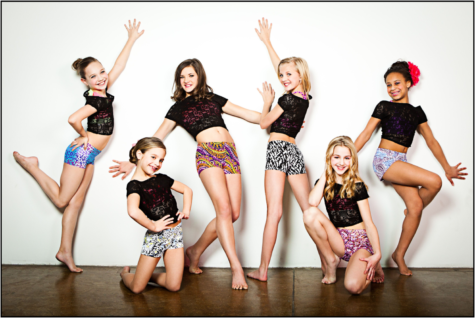Competition, mental health, and kids
November 27, 2018
Competitive dancing can create an environment for young children that can diminish their mental health and overall well being. Being an older dancer myself with a current 7-day per week schedule, I could never imagine putting that pressure on someone else, let alone a child.
Growing up, I’ve always believed that dance is an art form meant to be freely expressed in a way that makes the person dancing happy. The competitive culture was always a confusing, gray area for me, having never gone to a competition studio. However, in my last year at my old dance studio, I attended and experienced my first ever dance competition. What I experienced was astonishing: the feeling within the environment was one that I hadn’t felt before. You feel as if everyone’s eyes are on you and the pressure in the air seems suffocating; self-conscious anxiety was overwhelming on that day. Everyone at the competition knew and understood how many hours, weeks, and months the dancers had put into their routines. Come ceremony time when the judges gave out medals, I could see some of the younger girls around me getting upset and discouraged that their solos didn’t win an award.
“Today, children as young as four participate in dance competitions,” stated Samantha Sobash, an undergraduate at Chapman University, in her psychological study on competitive dance. As a society, should we really be pushing a 6-year-old girl into an environment where she will be judged on her looks and her ability to perform an art form that is meant to be freedom of expression?
Is all of the time, effort, physical and mental hardship really worth the title of ‘best costume’ or ‘greatest smile’? Through modern entertainment such as Dance Moms (2011-present) and Toddlers and Tiaras (2008-2013), viewers often see many young children reach their breaking point when put under the intense physical and mental stress that preparing for a competition entails.
Most of the girls who are on the show’s “team” age between 6-13. Not only is the workload put on these young dancers overbearing, but no child should be worried about all that comes with competing. These girls are being introduced to a life of crop tops, full faces of makeup, and little time running around outside. A young girl should not be raised in an environment that stigmatizes them with today’s societal expectations for women at only age 6. She shouldn’t have to look to others and compare her body with theirs when she’s at such a prime stage of her mental development as a person.
According to PBS, a developing 6 year old will “communicate their needs and emotions to others under supportive and fairly positive situations; may be explosive under stress.” A normal schedule for a young dancer tends to be two or three classes, two days a week, and during production time an extra 2-3 hour rehearsal on the weekend.
This then leaves them with enough time to do things that any other regular 6-year-old does. If you try to work a child for 4-5 hours per night, she or he is bound to reach a breaking point faster. On top of this, the child is left with little time to do things that are important and essential to their development as a student and a person.
Mental health in general tends to be stigmatized and is often ignored in young children.
The National Institute of Mental Health wants people to remember to “seek help when a child’s behavior or emotional difficulties last for more than a few weeks and are causing problems at school, at home, or with friends.” With mental health already being ignored by much of society, mental health in the accordance of competitive dance is often swept even further down the rabbit hole.
Not enough people are talking about how competitive dance is affecting our youth and are just ignoring it with the excitement of glittery costumes and makeup. As parents and as people, we need to make sure that our children are doing what they truly love and want to do. However, within moderation.

Jojo Siwa competing her solo “Rapunzel” on Abby’s Ultimate dance competition
